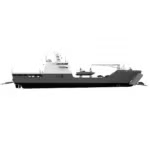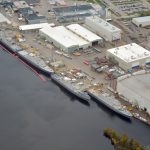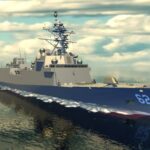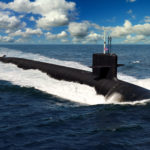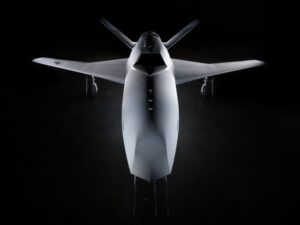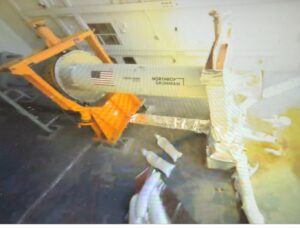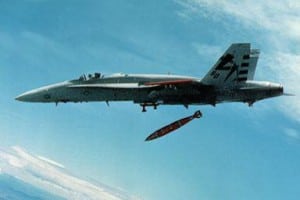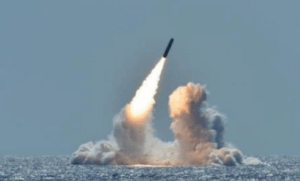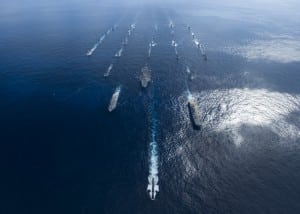
The Navy should start thinking more offensively in terms of how it arms of the surface fleet and develop more multi-mission weapons to maintain control of the seas, according to a former naval officer now think tank analyst. The Navy should shift away from the multi-layered approach to air warfare that counters different threats in the same way, and adopt more varying approaches to taking out those threats, says Bryan Clark, and analyst at the Center for Strategic Budgetary Assessment.…

